 From Ecological Options Network:
From Ecological Options Network:
This post encourages you to check out the landmark report “Getting Smarter About the Smart Grid,” authored by energy expert Dr. Timothy Schoechle, published by the National Institute for Science, Law and Public Policy – and to sign up to attend The High (?) Road to a True Smart Grid, a Commonwealth Club of San Francisco program scheduled for January 28th, noon to 3 pm.
In order to create a resilient and sustainable future it’s imperative to explore the best alternative electricity generation and distribution forms. Our current electrical system is the source of much sickness, pollution, injustice and instability in this age of climate change and extreme weather. Our outmoded electrical grid needs to be re-engineered and soon!
Come to this important panel at the San Francisco Commonwealth Club and hear this vitally hopeful discussion. The panelists will outline a blueprint for a healthier, safer and smarter approach to both electricity generation and distribution in the United States—one that has all of our best interests, and the interests of planet Earth, at heart.

Panel Members (L to R) James Turner, Esq., Timothy D. Schoechle, PhD., Camilla R. G. Rees, MBA, Duncan Campbell, Esq., Dr. Karl Maret
In addition to Dr. Schoechle, others on the January 28th Commonwealth Club panel, moderated by Camilla Rees, MBA, include engineer and physician, Karl Maret, MD, of Aptos, CA; new energy visionary, and radio host, Duncan Campbell, Esq. of Boulder, CO, author of the white paper “New Energy for a New World”; and attorney Jim Turner, Esq, Partner of Swankin & Turner in Washington, D.C., co-author of “Voice of the People: The Transpartisan Imperative in American Life” and Chairman of the National Institute for Science, Law & Public Policy.
by James Heddle and Mary Beth Brangan
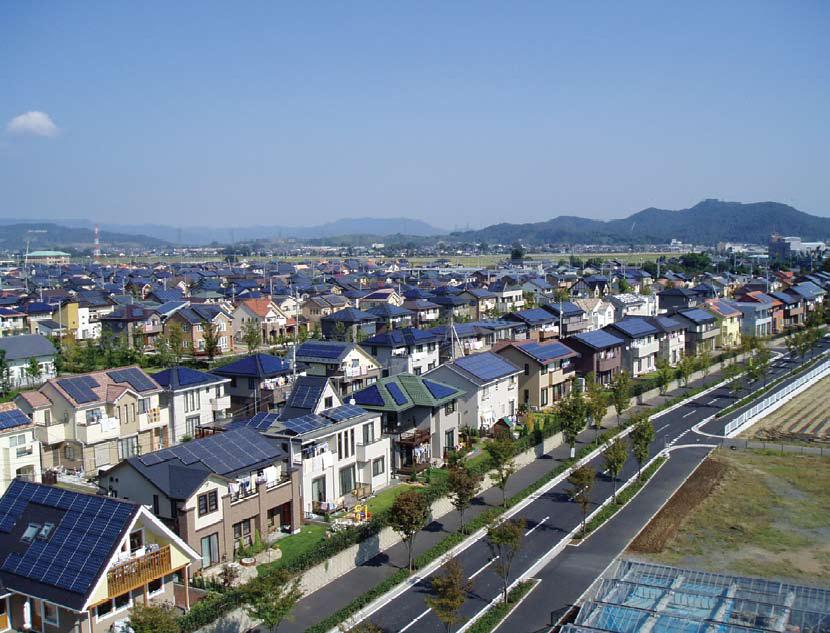
Solar rooftops stretch to the horizon in Germany. This could be the microgrid future that Investor Owned Utilities (aptly termed IOUs) fear.
Getting to Wise
It’s starting to look like yesterday’s ‘smart’ is today’s ‘really stupid.’
The over-used term ‘smart’ – applied to everything from phones to drones, and everything in between – seems to be turning from a marketing advantage into a stark warning label.
Take the plans for a wirelessly-managed national system of energy networks – the so-called ‘smart grid’ – based on the country-wide blanket deployment of wireless so-called ‘smart meters.
Our work, and that of many others, has shown that, not only would such a system vastly increase the damaging public health effects of electromagnetic radiation pollution, but it would permit granular surveillance of every household, and make not only each home, but the entire grid itself, vulnerable to malicious or terrorist hacking.
“A Really, Really Stupid Grid”
The Security Issue
No one would argue that the existing U.S. energy grid – an aging, outmoded infrastructure increasingly insecure in the face of proliferating extreme weather events and escalating cyber attacks – does not need to be radically re-engineered. Even former CIA Director James Woolsey famously stated in a 2011 TV interview, “There is no one in charge of security for the grid…A so-called ‘smart grid’ that is as vulnerable as what we’ve got is not smart at all. It’s a really, really stupid grid.”
The Surveillance Issue
Another, more recent, former CIA director agrees. The Daily Mail reports that, In the view of David Petraeus, “…web-connected gadgets will ‘transform’ the art of spying – allowing spies to monitor people automatically without planting bugs, breaking and entering or even donning a tuxedo to infiltrate a dinner party.”
‘Transformational’ is an overused word, but I do believe it properly applies to these technologies,’ said Petraeus.
‘Particularly to their effect on clandestine tradecraft. Items of interest will be located, identified, monitored, and remotely controlled through technologies such as radio-frequency identification, sensor networks, tiny embedded servers, and energy harvesters – all connected to the next-generation internet using abundant, low-cost, and high-power computing.’
An ‘Internet of Things,’ Bots, Algorithms, Corporations and… Big Brother
The Hacking Issue
The spy guys’ views are borne out in the recent CNN report, Connected TVs, fridge help launch global cyberattack. It tells how wirelessly connected “smart” household appliances such as routers, televisions and at least one refrigerator, were recently used in a massive global cyber attack to launch malicious emails, spam and phishing.
Commenting on the CNN report, author and electro-magnetic pollution expert Blake Levitt had this to say: “Highly recommend that anyone buying new appliances/household electronics makes sure they are not ‘smart’ 2-way enabled with embedded antennas. If enough people refuse to buy them, perhaps this will begin to implode. Not only is the RF component dangerous but the appliances themselves are easily hacked. Until this recent hacking, it was thought that only the meters were vulnerable as potential portals into the entire grid. This entire approach needs to be completely re-thought and re-engineered.”
The ‘Smart’ Meter Issue
Dr. Timothy Schoechle, the author of Getting Smarter About the Smart Grid, has been engaged in development of electric utility meters, home automation systems, gateways, and energy management systems for over 25 years and sits on several international standards setting committees related to the smart grid and to home and building automation systems.
Schoechle calls the smart meters being rolled out across the U.S. “a canard—a story or hoax based on specious claims about energy benefits….” He goes on to explain how state and local governments, and environmental organizations, have been misled about the purported benefits of ‘smart’ meters.
His paper addresses how ‘smart’ meter investments, using billions in stimulus funding, do not benefit ratepayers or support economic growth, but financially prop up unsustainable Investor-Owned-Utilities (IOUs), while postponing investment in genuine ‘smart’ technical solutions and the inevitable transition to a decentralized and democratized electricity system.
Dr. Karl Maret, engineer and MD, will be speaking on the Commonwealth Club panel. He points out that since microwave emitting Smart Meters were installed as part of the Automated Metering Infrastructure (AMI) upgrade by utilities in California and elsewhere, numerous health complaints have been reported, especially by electrically hypersensitive individuals.
Dr. Maret’s talk as part of the Commonwealth Club panel on the Smart Grid will address concerns of potential health challenges from electromagnetic fields in our current increasingly wireless society and how Smart Meters are adding an additional layer of non-thermal electromagnetic environmental exposure that hasn’t been studied prior their deployment. This may have important long-term health implications for our society.
In her article WHO KNEW? – The Wireless Smart Meter Meltdown, electro-magnetic pollution protection consultant Cindy Sage puts it this way,
… [snip] The smart meter program is widely seen as a spying, snooping, expensive, potentially hazardous, involuntary and entirely unnecessary burden for which energy conservation is a mirage. [snip]
….. It is really quite stunning how a single failed corporate/governmental strategy could backfire so rapidly and so completely.”
A Dying Business Model – So-o-o 20th Century!
Currently the U.S. grid is one of the lowest-rated national energy grids among all industrialized countries. But there are increasing signs that the whole business design of the system – dominated as it is by giant centralized and politically powerful monopoly investor-owned utilities (IOUs) – is itself out-dated.
The ‘Smart’ meter network craze is standing revealed as one of the last big mistakes of a dying centralized business model.
Writes Schoechle,
“The 100 year-old monopoly utility business model contains inherent conflicts and is de- incentivized from taking the necessary steps toward renewable energy and sustainability. Regulated utilities sell electricity as a commodity at profitable regulated rates and, more importantly, can charge back their capital assets to ratepayers at a guaranteed 10-13% annual rate of return. Thus they have no incentive to sell less electricity, yet a strong incentive to build excessive and inappropriate infrastructure (e.g., generation, transmission, meter networks, etc.).”
Schoechle points out that billions of dollars of smart utility meters are being installed across America that are unable to integrate with, or enable, the smart grid of the future on which U.S. energy sustainability depends in his landmark report “Getting Smarter About the Smart Grid,” published by the National Institute for Science, Law and Public Policy. The meter network has been called a colossal waste of taxpayer and ratepayer dollars by critics, who argue that the new meters and networks do not improve energy efficiency, enhance energy management, help balance supply and demand, or facilitate the integration of renewable sources.
[ See Schoechle’s review of Power Struggle: The Hundred-Year War over Electricity.By Richard Rudolph and Scott Ridley here and his paper “Modular power manager and gateway: an approach to home-to-grid energy management and demand response” here.
“It has become increasingly clear that the fundamental architecture of today’s electricity grid, which is based on the idea of a top down radial transmission system predicated on unidirectional energy flows from large centralized power plants, is obsolete.” That’s the informed opinion of energy consultant Peter Asmus.
Writing in Forbes, Business Energy and other publications, Asmus, a senior energy researcher and author, shares his conclusion that the future grid design will be based on distributed energy generation (DEG) based on small-scale renewable sources organized in local ‘micro grids’ that can either be integrated into, or ‘islanded’ out of larger grid systems. Says Asmus, “If, indeed, the electricity grid begins to resemble the Internet due to the proliferation of DEG, then aggregation platforms, such as the microgrid, will become vital.”
For another interesting discussion of ‘wise’ energy strategies – and his advocacy of the micro-grid for its ability to be ‘fractally separated or seamlessly integrated, as needed’ – see Amory Lovins’ TED talk A 40-year plan for energy and his Reinventing Fire website.
AC/DC
Another component of the energy transition may be a switch from alternating current (AC) to direct current (DC), which is what energy sources like solar PV and small-scale wind produce and what electronic devices such as computers use. New strategies and technologies for storage and transmission are overcoming previous economic- and safety-based resistances to a DC-based system. That would be good news for the growing numbers of people becoming electro-sensitive, for it is the conversion of AC to DC via inverters and switched mode power supply (SMPS) that produces much of the electromagnetic pollution from which they suffer. Whether or not we’re conscious of the adverse effects, all humans and other biological systems are impacted by man-made electromagnetic and radiofrequency pollution.
What Would a Truly Wise Grid Look Like?
Decentralized power generation in micro-grids
A truly wise grid would build on new and emerging technologies, design concepts and environmental values and eliminate the risks, vulnerabilities and inefficiencies of the old, obsolete regulatory and business models.
But entrenched, jurassic monopoly IOUs oppose it for obvious existential reasons; i.e.: their business model and their basic profit-making strategy are toast.
Yet there is hope. As Jim Turner puts it, “The automobile, the personal computer and the cell phone all empowered individuals and created massive lucrative markets. The in-home (and car) dispersed energy revolution –from rooftop solar, to small scale wind and hydro and limitless conservation – offers personal empowerment for consumers and gigantic economic opportunity for entrepreneurs and business innovators.”
Duncan Campbell, also a panelist, says in the foreward to Schoechle’s white paper, “At the end or beginning of the day, what it comes down to is simply this: In order to establish an abundant and hospitable world for ourselves and a sustainable and empowering future for all generations, we cannot and need not wait for our formally elected politicians to find the right energy policy. It is time for each of us to stand up for our home, our family, and our planet and to make an end run around the failing archaic centralized grid policy
and the disempowering intrusion of the drone-in-the-home smart meter.”

These are some of the considerations that will be explored in the important up-coming program The High (?) Road to a True Smart Grid at San Francisco’s Commonwealth Club on January 28th presented by National Institute for Science, Law and Public Policy. The Institute recently published the landmark report “Getting Smarter About the Smart Grid,” authored by energy expert Dr. Timothy Schoechle.
We have an upcoming radio interview with Timothy Schoechle and Peter Asmus, which will air Mon. Jan. 27 at 1pm on KWMR-FM’s Post-Carbon Radio.
Here’s the program info. Register here.
The High (?) Road to a True Smart Grid
Tue, Jan 28 2014 – 11:30am
Timothy Schoechle, Ph.D., Author, “Getting Smarter About the Smart Grid,” published by the National Institute for Science, Law and Public Policy, Washington, D.C.
James S. Turner, Esq., Principal, Swankin & Turner; Board Chair, Citizens for Health; Co-founder, Voice for H.O.P.E., Healers of Planet Earth; Chairman, National Institute for Science, Law and Public Policy
Karl Maret, M.D., M.Eng. President, Dove Health Alliance
Duncan A. Campbell, Esq., Colorado Radio Host
Camilla Rees, MBA, Founder, Electromagnetic Health.org and Campaign for Radiation Free Schools – Moderator
Billions of dollars of smart utility meters are being installed across America that are unable to integrate with, or enable, the smart grid of the future on which U.S. energy sustainability depends, according to the landmark report “Getting Smarter About the Smart Grid,” published by the National Institute for Science, Law and Public Policy. The meter network has been called a colossal waste of taxpayer and ratepayer dollars by critics, who argue that the new meters and networks do not improve energy efficiency, enhance energy management, help balance supply and demand, or facilitate the integration of renewable sources. The panel will clarify technical misunderstandings about smart meters, the entrenched economic models preventing utilities from fully embracing renewable energy, and how the growing smart meter rebellion may herald a transformation in the political economy of energy. The panelists will describe what they believe it will to take to create a reliable, safe, sustainable electricity grid, with our planetary interests at heart, and how a clean energy economy can be fast tracked through an innovative collaborative financing arrangement between the private and public sectors.
Location: SF Club Office
Time: 11:30 a.m. lunch, 12-3 p.m. program
Cost: $32 non-members, $20 members, $10 students (with valid ID)
Program Organizer: Bill Grant
– See more


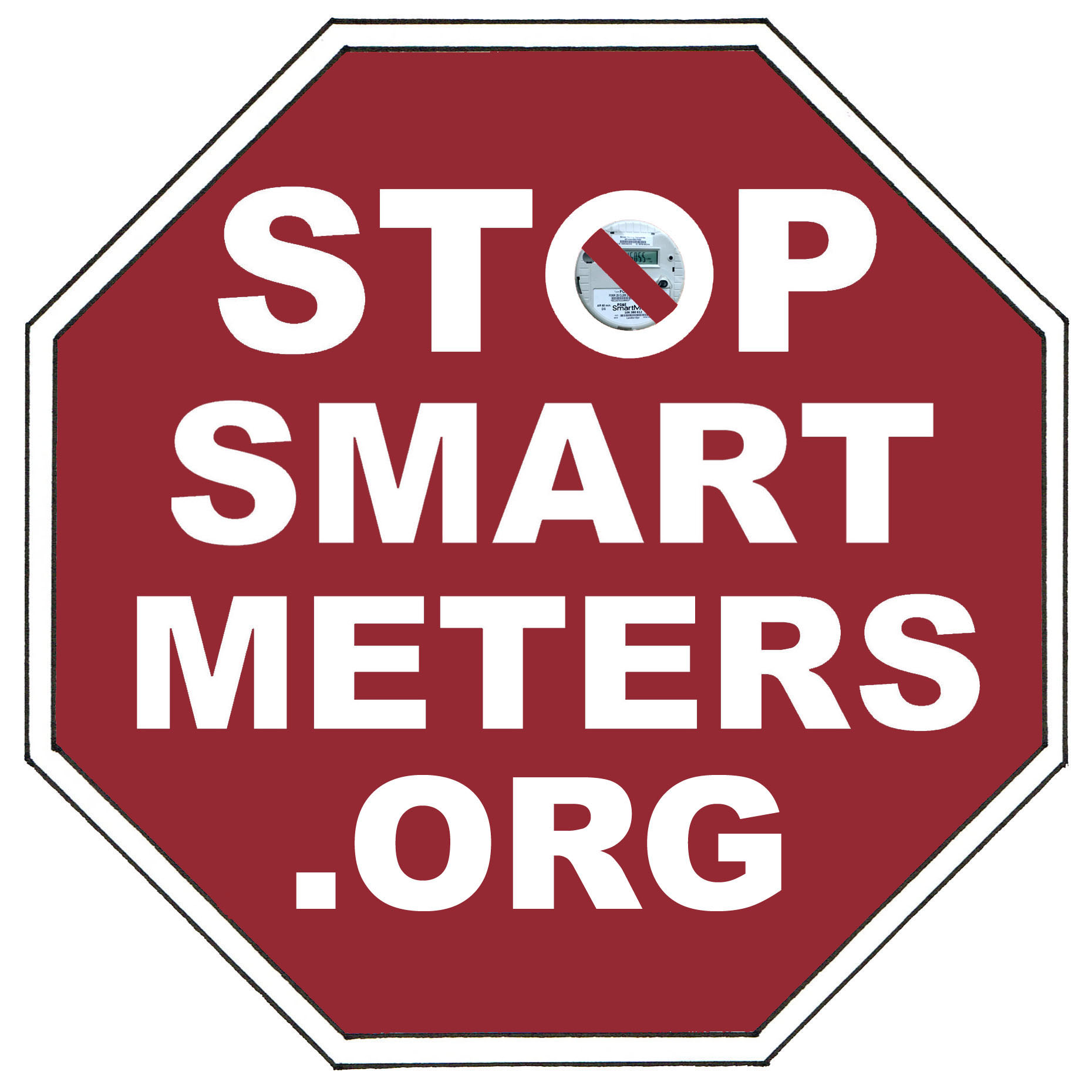

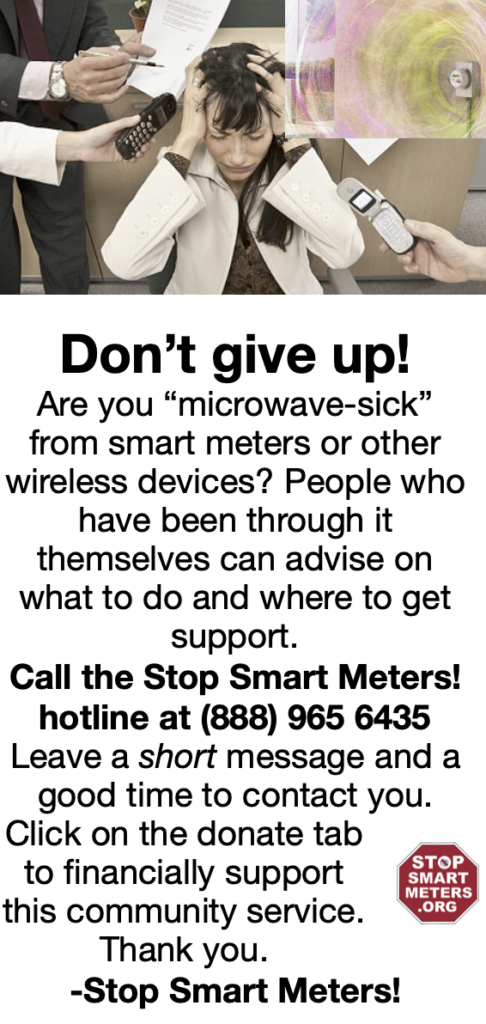
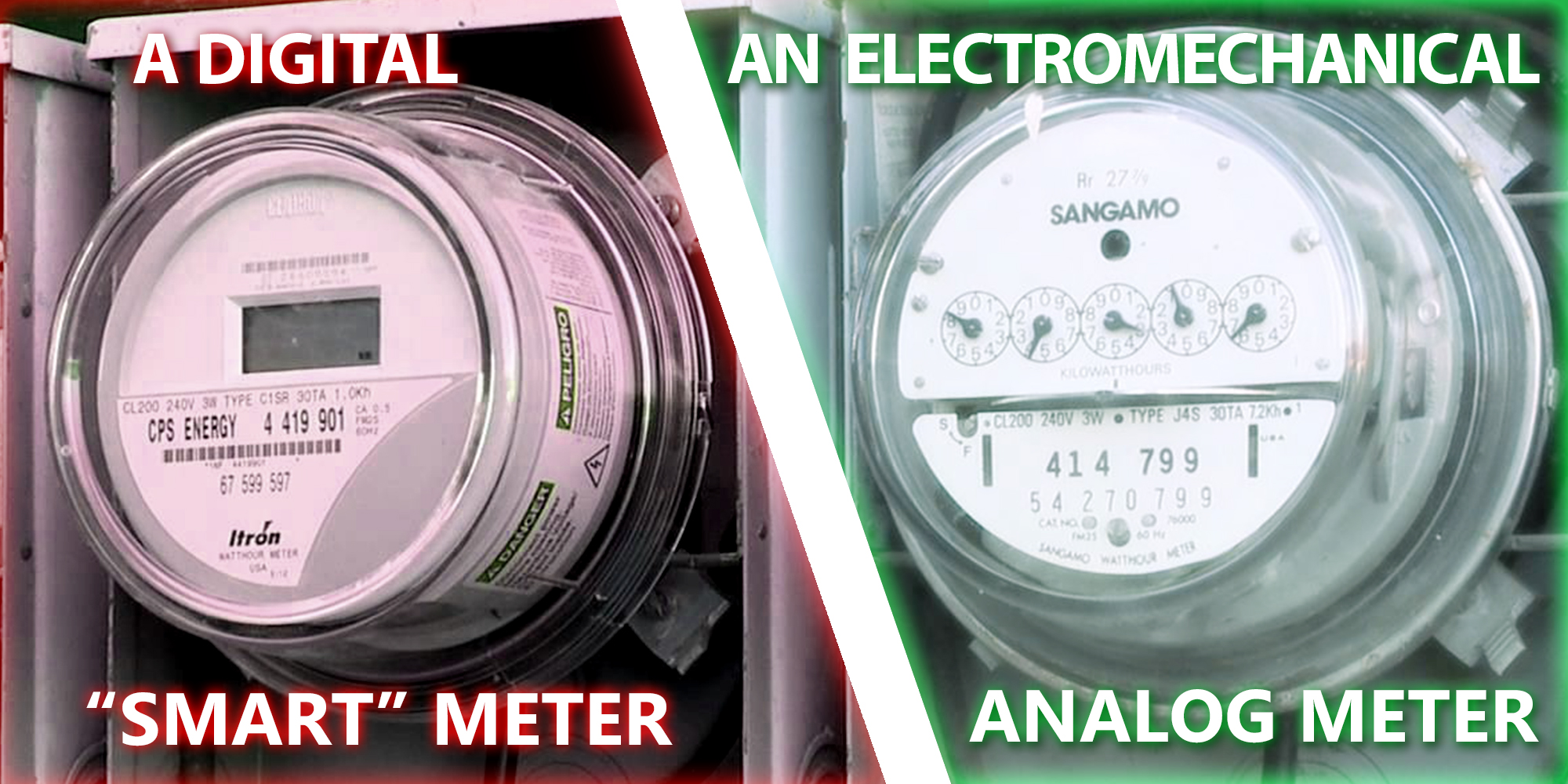

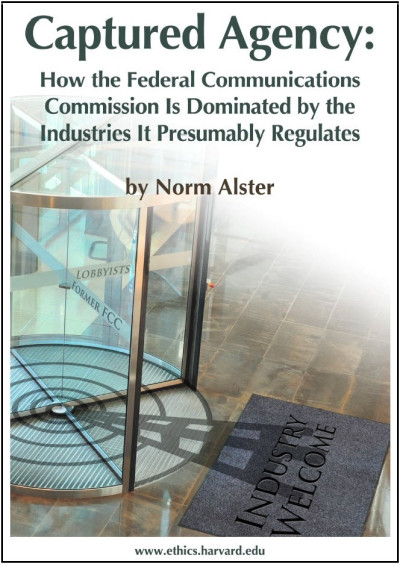


The natural cleanser Hemp plant is known to
clean up pesticides, herbicides, toxics, residue, radiation, chemtrails, smog, balance the co2 levels, give Oxygen
as well as give energy (replacing toxic and disastrous fossil fuels) that is one path of many restoring Wildlife and their homes.
Family of mushroom plants and specimen known to cleanse
lands of spills in the Amazon and here.
Bamboo plant known to clean up and absorb carcinogens,
and the list goes on with endless answers Nature offers.
Of the California drought – if the People, the legal courts, coalitions demand an end to the damage that the daily toxic aerosol spraying programs (geoengineering for profit under the guise of “green conservation”) is causing to the natural weather life of Earth — that are drying out our Tree and Green Lives, earth soil, altering the water supply, depleting the ozone layer,and altering the natural biological humidity – moisture
pattern — basically. harming all of Wildlife and Human health … then Mother Nature, Human Health and Wildlife can actually
be restored.
The daily assault of chemtrails in the skies has intensified in the last 3 years and
it isn’t a coincidence that there is drought!
As well, groups, people and coalitions supporting the end of
toxic pesticides,
gmo’ing, ge’ing,
pesticide run offs
from factory farming,
and the proliferation of cell tower technology and smart dumb grids
microwaving our atmosphere in the last several years –
it is logical and practical sense to see that these
programs and way cannot be allowed to reach
a point of no return.
Let’s end the disaster of fossil fuel “technology” and promote the growing
acceptance of awesome hemp, solar, and right use of free energy.
Our Wildlife Wildlands and humans are too precious
to sacrifice when there are answers, creative solutions, right out of box thinking in front of our nose. No longer should human beings, Wildlife, Wildlands be used
as experiements and guinea pigs and no longer can corporations and greed
destroy Mother Earth!
It’s 2014!
Mitauye Oyasin
To Planetary Freedom
Great idea to explore how to change the system or break it down, and allow consumer control. It would help to understand how to be off commercial grid, and yet not generate dirty electricity frequencies or radiofrequencies in the process. It would be a life saver to get off these systems, but one would still need to address unwanted microwave cellular tower intrusions, too.
It seems that for communications FIBER OPTIC is the clean, safe sustainable mode for the future. Wireless was just too quick, dirty and profitable, which is why fiber was all but ignored. Plus fiber does not allow the same kind of surveillance that wireless does.
LOOKING FOR solutions. A great approach. Thanks.
Minor but critical, edit?
Under Section AC/DC, where it says, “. . .it is the conversion of AC to DC via inverters and switched mode power supply (SMPS) that produces much of the electromagnetic pollution from which they suffer. ”
Pretty certain that to be technically correct, this should read “DC to AC”, not “AC to DC”. The latter is accomplished with converters, the former with inverters.